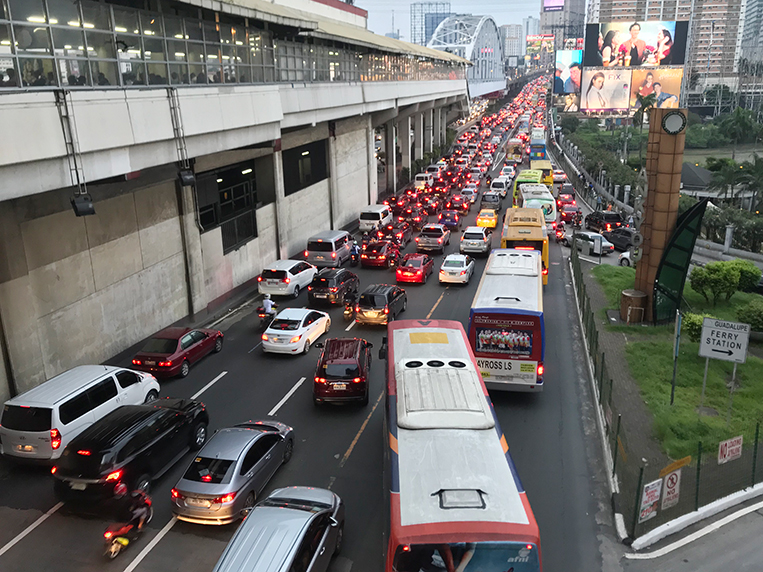
Another week, another attempt by the powers-that-be to somehow make sense of traffic in Metro Manila. This time, the Metropolitan Manila Development Authority wants to introduce a 60km/h speed limit on the main roads of the National Capital Region. Except it’s not really a speed limit all the time, as the agency’s traffic chief has now admitted. Confused? You should be.
MMDA Regulation 19-001, which was approved by the Metro Manila Council last March 26 and will come into force on April 9, stipulates that all motor vehicles (except buses and trucks) that are traveling on a number of specifically listed main roads within Metro Manila must not exceed 60km/h. Violators shall face a P1,000 fine for speeding. The reason buses and trucks are exempted is that those vehicles are already subject to a 50km/h speed limit.
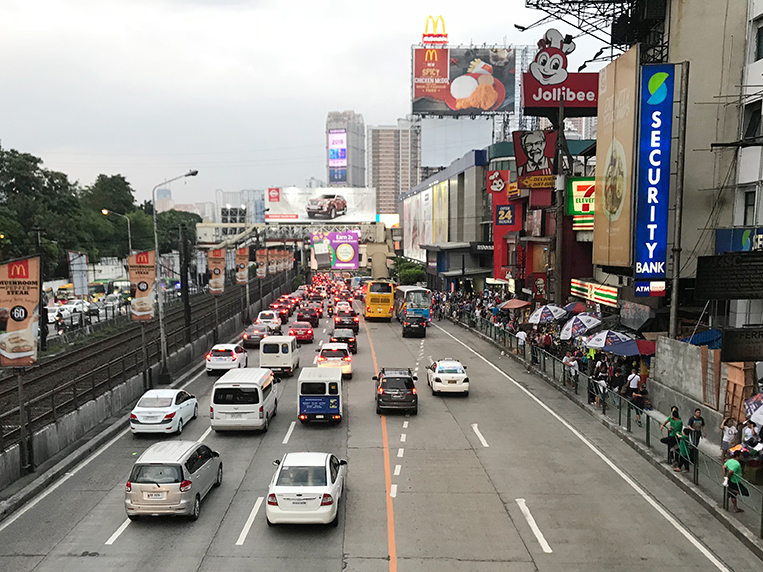
The roads covered by this speed limit are as follows:
- C1 Recto Avenue
- C2 President Quirino Avenue
- C3 Araneta Avenue
- C4 EDSA
- C5 C.P. Garcia Avenue
- C6 Southeast Metro Manila Expressway
- R1 Roxas Boulevard
- R2 Taft Avenue
- R3 South Luzon Expressway
- R4 Shaw Boulevard
- R5 Ortigas Avenue
- R6 Magsaysay Boulevard/Aurora Boulevard
- R7 Quezon Avenue/Commonwealth Avenue
- R8 A. Bonifacio Avenue
- R9 Rizal Avenue
- R10 Del Pan/Marcos Highway/MacArthur Highway
Many motorists were not sure what the MMDA meant when it was calling for drivers to go 60km/h on EDSA and other thoroughfares. Was this supposed to be a speed limit or a challenge? Because making that kind of progress during most of the day would be nothing short of amazing, but of course the authorities meant it to be the maximum allowable speed. And this limit is also a bit limited, as one of the agency’s top brass had to admit during an interview with the DZMM radio network. MMDA traffic chief Bong Nebrija, who likes to share pictures of himself at work through his public Facebook account, conceded that this speed limit would be more of a guide and couldn’t be enforced all of the time.
The speed limit is more of a recommendation and a parameter that motorists should observe with or without enforcers present
Especially at night, speeders cannot be apprehended as the speed guns used by the government agency are not night-capable. Also, MMDA personnel are not on duty all through the dark hours. This means the limit is more of a recommendation and, according to Nebrija, a parameter that motorists should observe with or without enforcers present. Knowing this city, you can pretty much guess how this will play out. And without any information on how speed enforcement will be done, we think every single speeding ticket that will be issued by the agency may be contested.
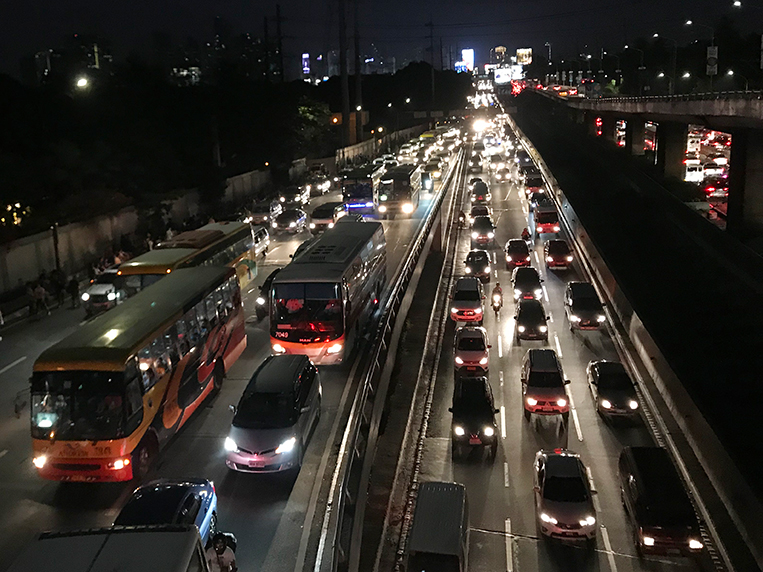
That’s not to say you should be kicking up a fuzz if you genuinely get caught doing your best Fast & Furious impression on EDSA. Restricting the speed on big arterial roads to 60km/h is actually a sensible idea and brings Metro Manila in line with such cities as Munich, while some other major towns across the globe are reducing their maximum speed even further. Lower speeds in city environments mean more time to react and less serious accidents when things go wrong, so telling people to keep their right foot in check is actually quite a good idea by the MMDA. But as so often is the case around here, things will get complicated when it comes to enforcement. Story of our motoring lives.

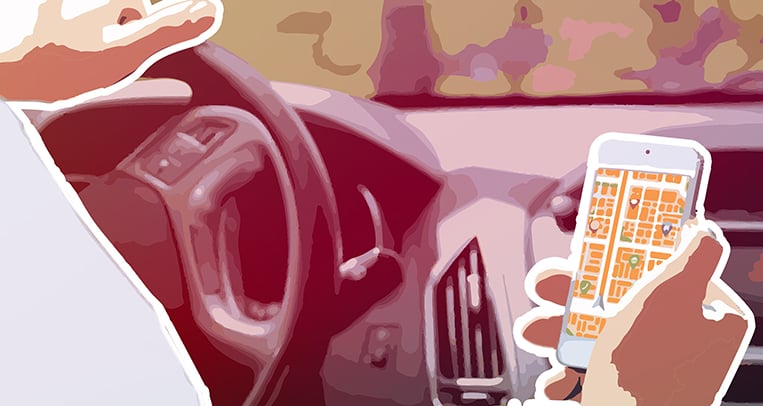
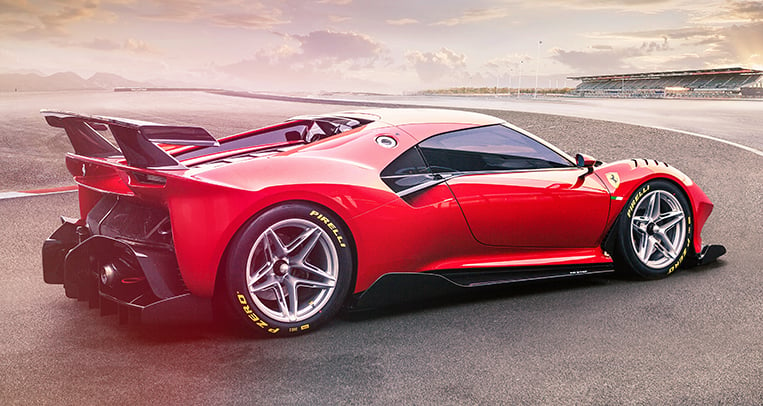
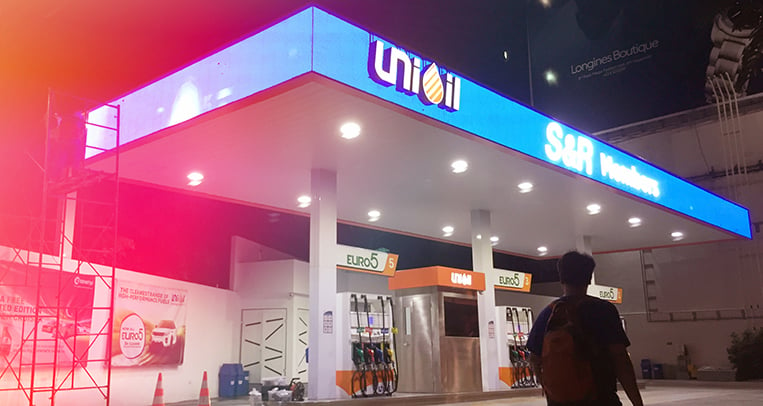
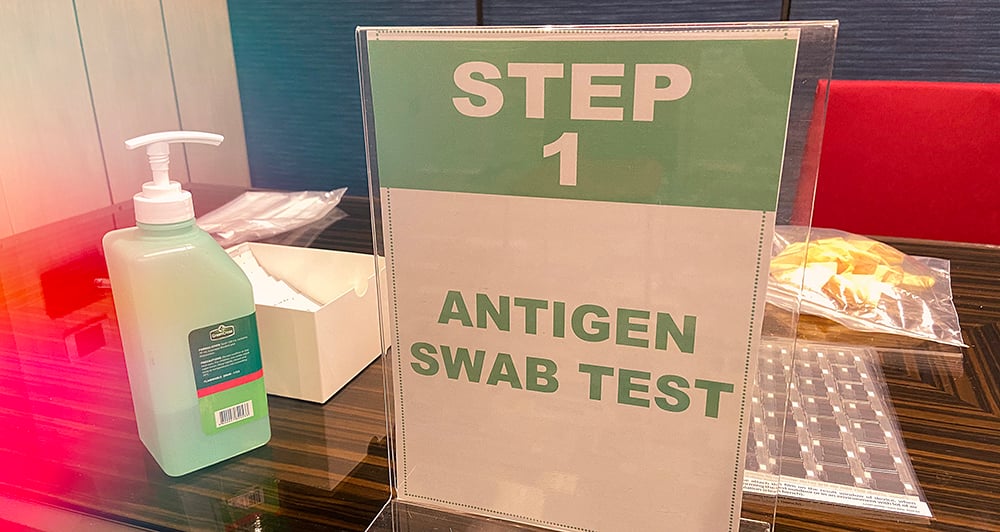
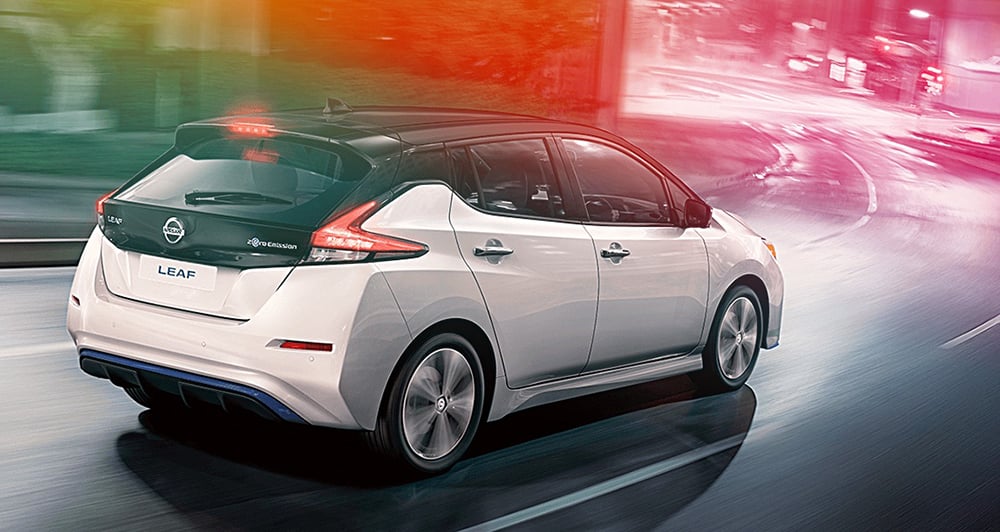
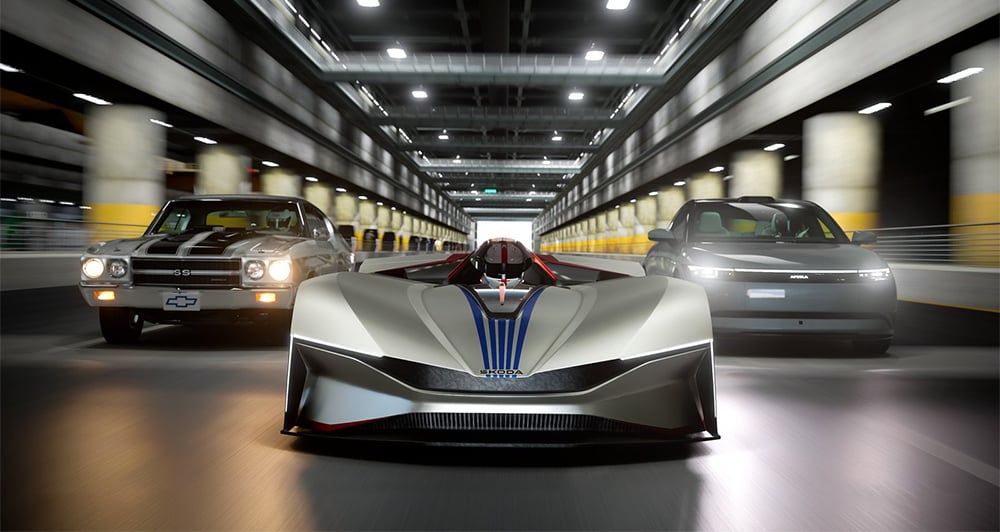
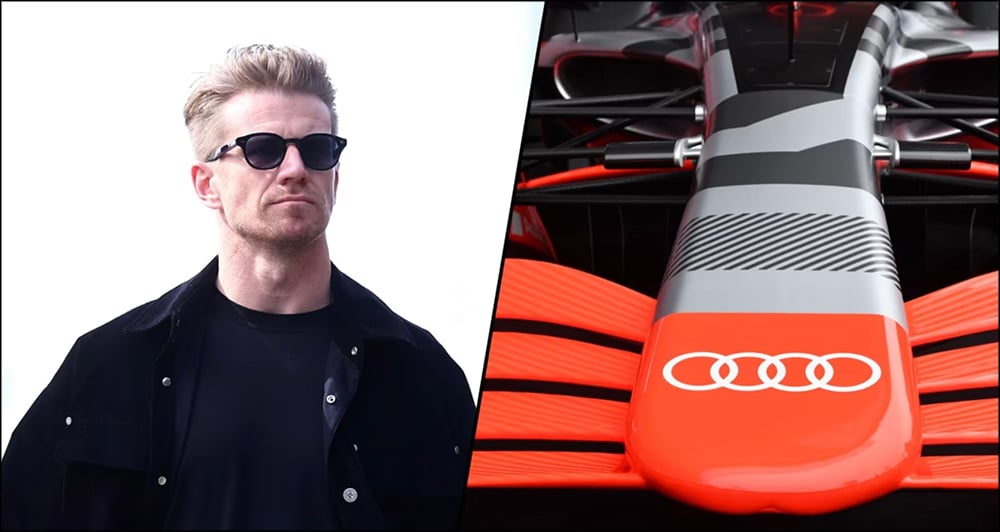
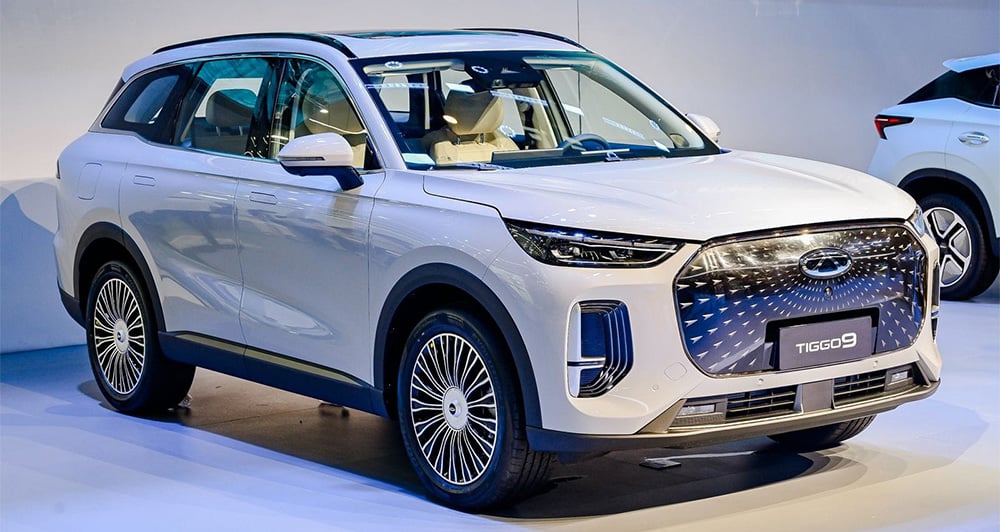
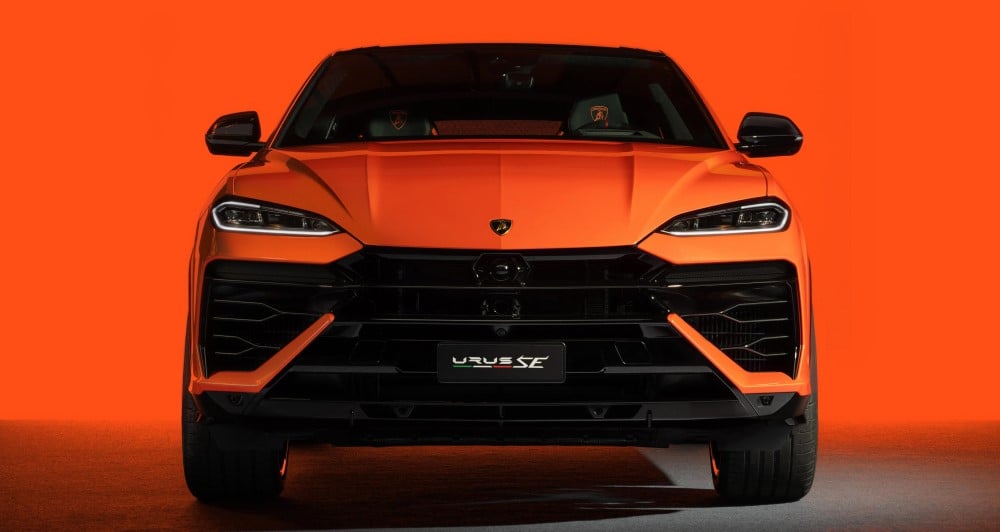

Comments